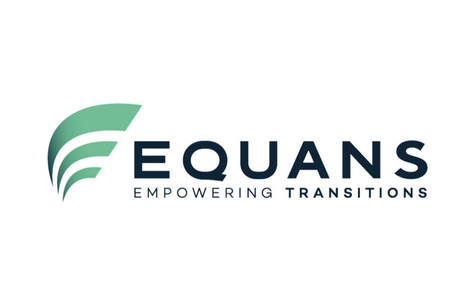Optimizing Maintenance: Understanding Key KPIs
Key Performance Indicators (KPIs) are the backbone of successful maintenance management. They provide insights into the performance of maintenance activities, help identify inefficiencies, and support strategic decision-making. In this article, we discuss the main maintenance KPIs, such as Mean Time Between Failure (MTBF) and Mean Time To Repair (MTTR), and how these contribute to efficiency, reliability, and cost savings. Whether you're an experienced asset manager or just starting to measure maintenance outcomes, this guide will help you leverage the value of KPIs.
What Are Maintenance KPIs?
Maintenance KPIs are measurable indicators that evaluate the effectiveness and efficiency of maintenance processes. They provide crucial data for analyzing maintenance performance and identifying areas for improvement. Some of the most commonly used maintenance KPIs include:
- MTBF (Mean Time Between Failure): Measures the average time between asset failures. A higher MTBF indicates higher reliability.
- MTTR (Mean Time To Repair): Measures the average time required to fix a failure. A lower MTTR indicates faster repair times.
- Availability: The percentage of time an asset is operational, usually calculated as a combination of MTBF and MTTR.
- Maintenance Cost per Unit: Provides insight into the cost-efficiency of maintenance activities.
- Preventive vs. Corrective Maintenance: The ratio between planned maintenance and ad-hoc repairs, a measure of proactive management.

The Main KPIs in Detail
Mean Time Between Failure (MTBF)
MTBF is a core indicator of asset reliability. It is the average time between two consecutive failures of a system. MTBF is often used for products, machines, or systems that cannot operate continuously without failures.
It is calculated by dividing the total operational time by the number of failures.
Mean Time To Repair (MTTR)
MTTR focuses on the speed of failure recovery. It measures the average time needed to fix a failure and restore the system to operation. MTTR is an indicator of the speed of the recovery process after a failure. MTTR is calculated by dividing the total time spent on repairs by the number of failures repaired.
Availability is a critical KPI that indicates the degree to which a system, machine, or asset is available for use, or the time it functions without failures. Availability combines MTBF (Mean Time Between Failures) and MTTR (Mean Time to Repair) to give an overview of how well a system performs by considering both the time between failures and the time to fix them.
Maintenance Cost per Unit is a key KPI that measures the cost-effectiveness of the maintenance process by relating the total maintenance costs to production output or operational hours of a system, machine, or asset. This metric provides insight into how well the maintenance process manages the budget and helps identify opportunities for process optimization.
Preventive vs. Corrective Maintenance
This KPI measures the ratio between preventive maintenance (maintenance performed according to a planned schedule to prevent failures) and corrective maintenance (maintenance carried out after a failure occurs). This KPI provides insights into the effectiveness of maintenance strategies and the balance between proactive maintenance and reactive recovery.
Why Are Maintenance KPIs Important?
Using maintenance KPIs offers several advantages:
- Performance Insight: KPIs enable precise measurement and comparison of maintenance performance.
- Strategic Decision-Making: By using data-driven insights, better decisions can be made.
- Cost Savings: More efficient processes reduce maintenance costs.
- Reliability: Focusing on KPIs like MTBF helps minimize failures and optimize production.
How to Implement KPIs
Follow these steps to implement effective KPIs:
- Set Goals: Define clear and measurable maintenance goals.
- Choose the Right KPIs: Select KPIs that align with your specific needs.
- Use Advanced Tools: Maintenance management software (such as CMMS) can help track and analyze KPIs.
- Train Employees: Ensure teams understand and act on the KPIs.
- Monitor and Optimize: Conduct regular analyses to identify improvements.
Maintenance KPIs such as MTBF, MTTR, and availability are essential tools for improving maintenance processes. By effectively implementing and monitoring these KPIs, you can enhance the reliability and efficiency of your assets, reduce operational costs, and achieve sustainability goals. Invest in the right tools, training, and strategies to get the most out of your maintenance KPIs.






